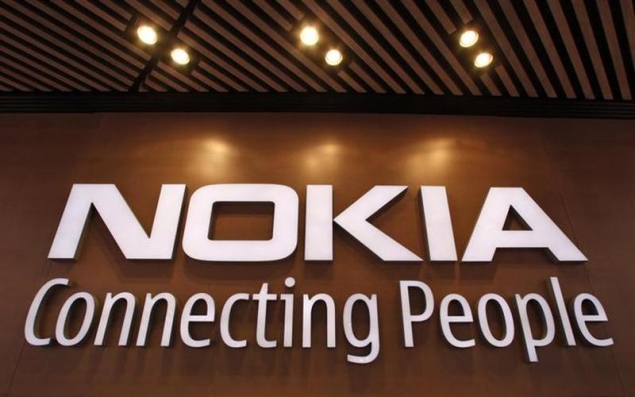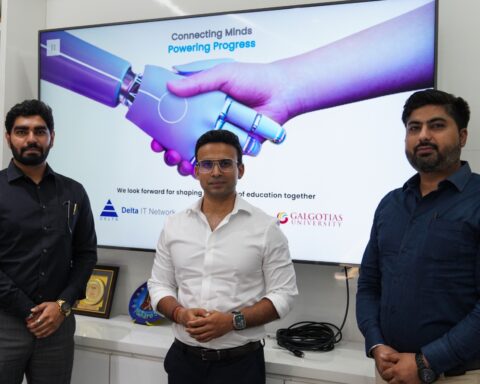Nokia Networks and Hewlett-Packard are collaborating on a platform that aims to let operators to roll out new services faster by moving to a cloud-based infrastructure.
Virtualization and cloud-based services have already changed how enterprises build and manage their IT infrastructure, and now telecom operators are looking at doing the same thing. Vendors are re-architecting their products to deliver what has been dubbed NFV (network functions virtualization).
The integrated NFV platform from HP and Nokia will be based on Helion OpenStack software, which HP announced in May along with a pledge to invest $1 billion in open cloud products and services.
Nokia will contribute management tools and the network functions needed to let users access the Internet and make calls on top of HP’s software and hardware. Both companies will offer the services needed to deliver and maintain the NFV package.
The platform will be available by the middle of next year, and will let operators get rid of the proprietary and expensive equipment they run their networks on today. Just as enterprises can roll out new applications and services faster using hosted services, so too will operators, and that should be a boon for customers.
The NFV movement got started about two years ago when representatives from 13 operators — including Verizon, China Mobile and Deutsche Telekom — came together to write a white paper on the topic.
Every server and telecom vendor wants a piece of this new market. On Wednesday, Alcatel-Lucent announced a suite NFV-friendly applications, and last month Dell announced a platform of its own, which included its server, storage and networking gear.
However, moving to a whole new way of building the networks operators rely on to offer telephony and mobile broadband isn’t going to happen overnight. It puts new demands on software like OpenStack.
NFV is a little hyped at the moment, but it will take off regardless, Dimitris Mavrakis, principal analyst at Ovum, said in a recent interview. But whether that happens in five, ten or 15 years is another question, he added.









